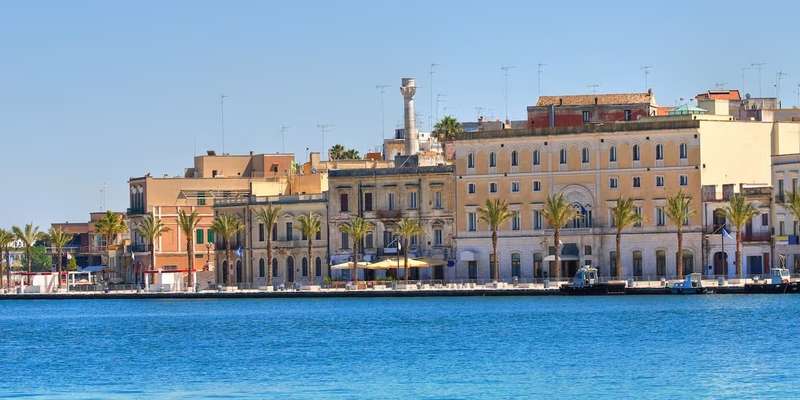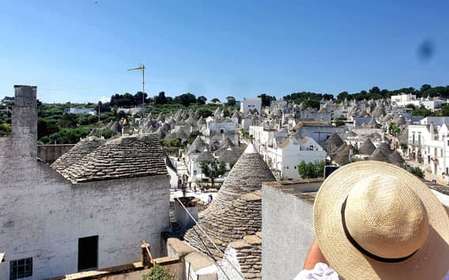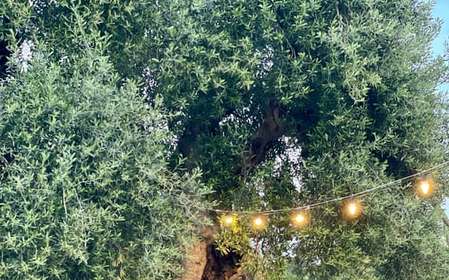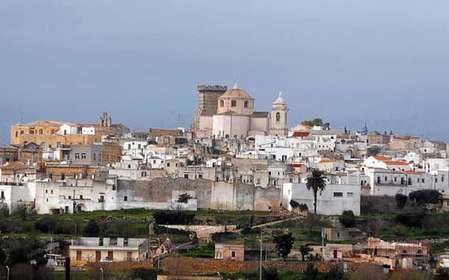- Home
- Useful Tips
- Guided tour of Brindisi's Castello Svevo
Standing before Brindisi's imposing Castello Svevo, many visitors face the same dilemma: how to truly appreciate this 13th-century fortress without getting lost in crowds or missing its hidden stories. Over 60% of independent travelers report leaving historic sites like this feeling they've barely scratched the surface, according to recent cultural tourism surveys. The castle's layered history – from Frederick II's reign to its role as a papal prison – becomes overwhelming when faced with poorly marked exhibits and rushed audio guides. Meanwhile, peak-season queues can devour precious vacation time, with wait times exceeding 90 minutes on summer weekends. Even those who secure entry often wander confused through the vaulted halls, unaware they're walking past secret tunnels and forgotten prisoner graffiti that bring the stones to life.


Avoiding the worst crowds at Castello Svevo
The castle's popularity as a cruise excursion stop creates predictable rush hours that savvy travelers can sidestep. Locals know the sweet spot arrives just after lunch (1:30-3:00 PM), when most tour groups are either eating or returning to ships. Tuesday mornings see lighter foot traffic as nearby markets draw visitors away, while late October offers golden light perfect for photography without summer's shoulder-to-shoulder conditions. A little-known municipal rule allows free entry during the last hour on weekdays, though you'll sacrifice guided access to the underground cisterns. Those preferring structured visits should note the fortress closes entirely on Mondays, a fact omitted from many aggregator sites that leads to frustrated travelers at the gates.
Decoding the castle's architectural secrets
What appears as simple Norman military design actually holds brilliant adaptations to Brindisi's coastal environment. Expert guides point out how the hexagonal towers weren't just defensive – their angles deflect sirocco winds that once hampered archers. The northwest bastion's 'whispering arch' demonstrates acoustic engineering used to detect siege tunnels, while the courtyard's sloping pavement secretly channeled rainwater to drought-resistant reservoirs. Most visitors miss the Swabian-era stonemason marks near the portcullis, where different worker gangs signed their contributions. These details transform from invisible scratches to fascinating stories when explained by docents trained in medieval construction techniques, revealing how the castle became a blueprint for coastal fortresses across the Adriatic.
Finding authentic local guides vs. generic tours
Not all guided experiences unlock Castello Svevo equally. Cruise-affiliated groups often rush through in 45 minutes, while truly immersive tours run 2+ hours with certified cultural mediators. Look for guides carrying the Puglia Archeological License badge – these professionals undergo rigorous testing on regional history beyond basic facts. The best narrators weave personal connections, like Salvatore who shares his grandfather's tales of the castle's WWII resistance fighters. Free volunteer-led tours occur monthly (check the Comune di Brindisi calendar), though these fill instantly. For guaranteed depth, small-group operators specializing in Swabian history provide laser pointers to highlight ceiling details invisible from ground level and replica artifacts you can handle, making the past tactile.
Beyond the castle walls – hidden gems nearby
The surrounding Rione Santa Teresa neighborhood holds treasures most visitors never discover. Just 200 meters south, the unassuming Chiesa del Cristo houses 14th-century frescoes of naval battles once visible from the castle's ramparts. Local fishermen still gather at Antica Vineria San Michele, a wine cellar built into the old city walls where you can taste the same Malvasia Nera that fortified medieval guards. Smart travelers combine castle visits with the less-crowded Museo Archeologico Provinciale, whose Roman mosaics explain why Frederick II chose this strategic location. These connections create a holistic understanding of Brindisi's layered history, turning a standard fortress tour into a journey through time when planned with spatial awareness most itineraries lack.



